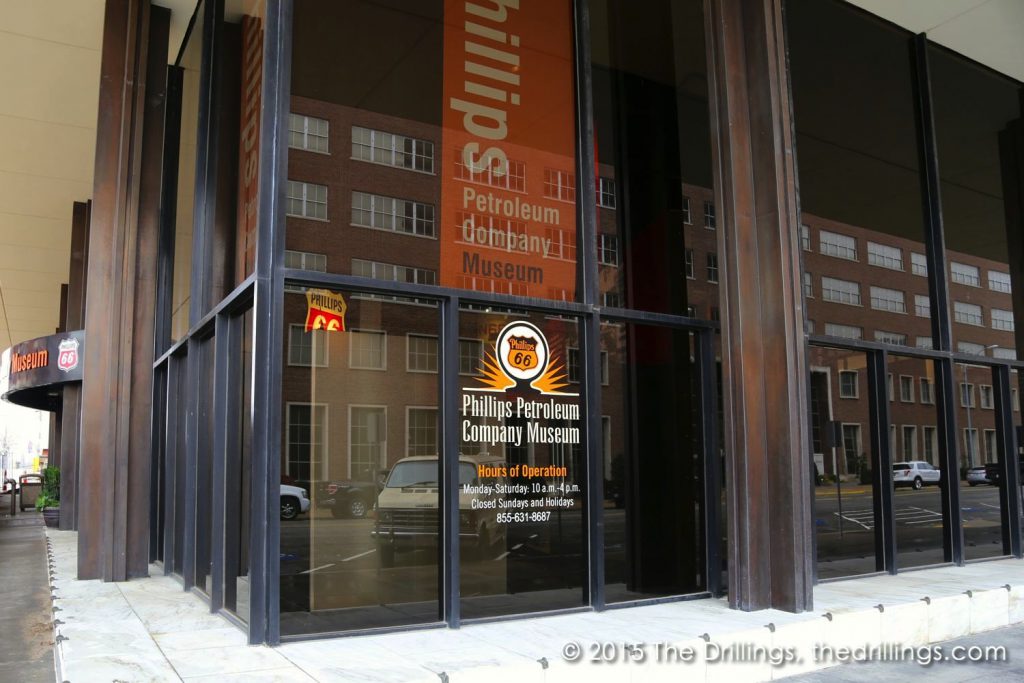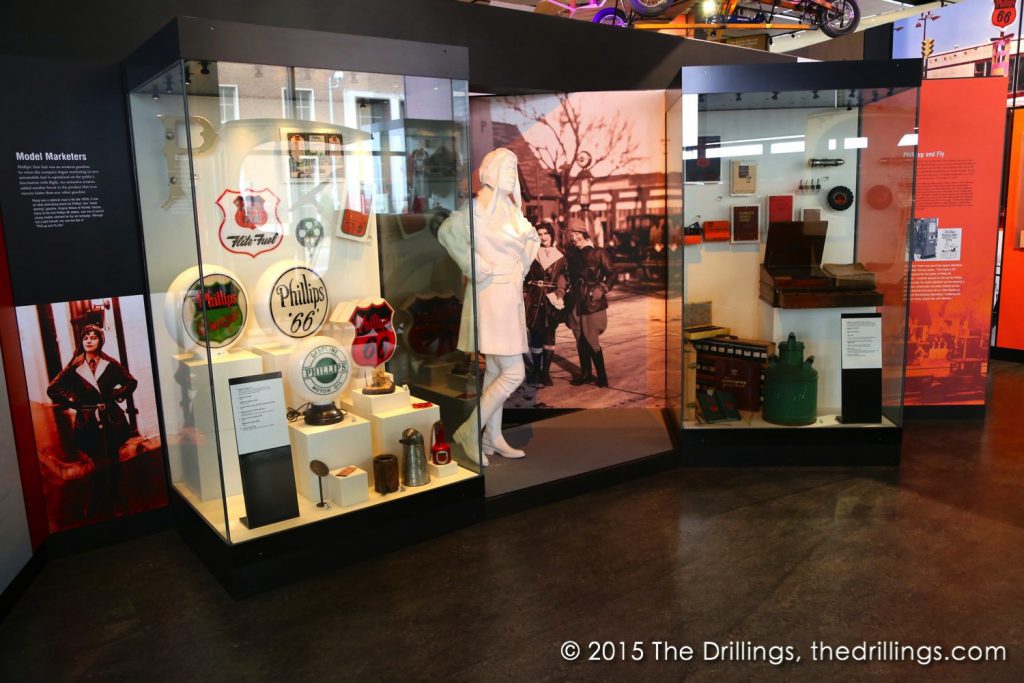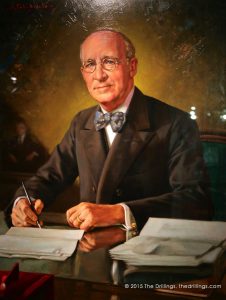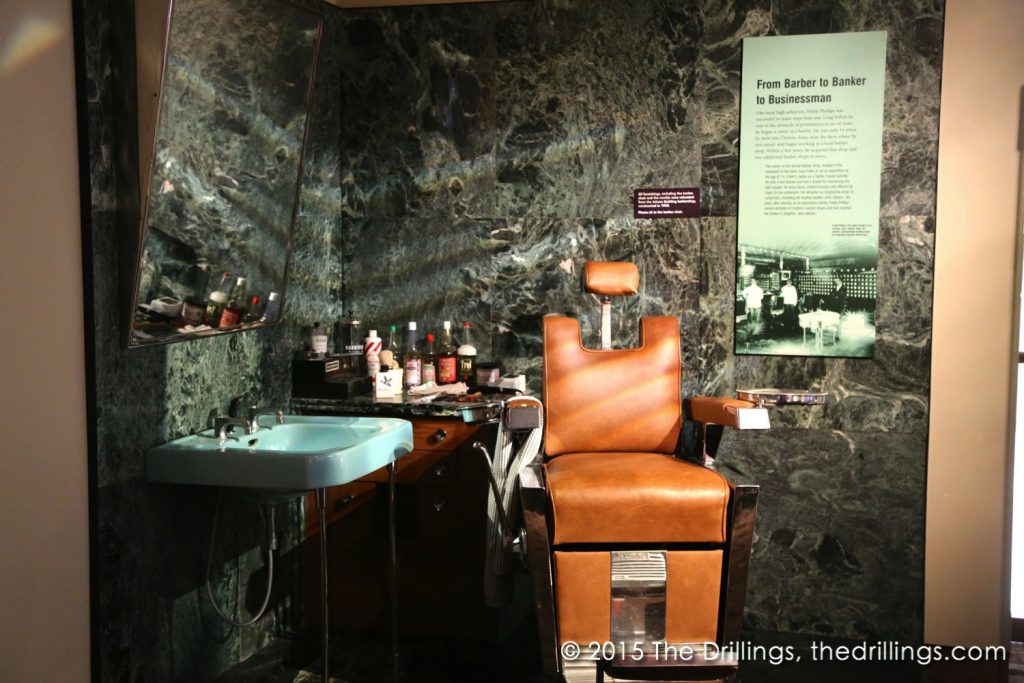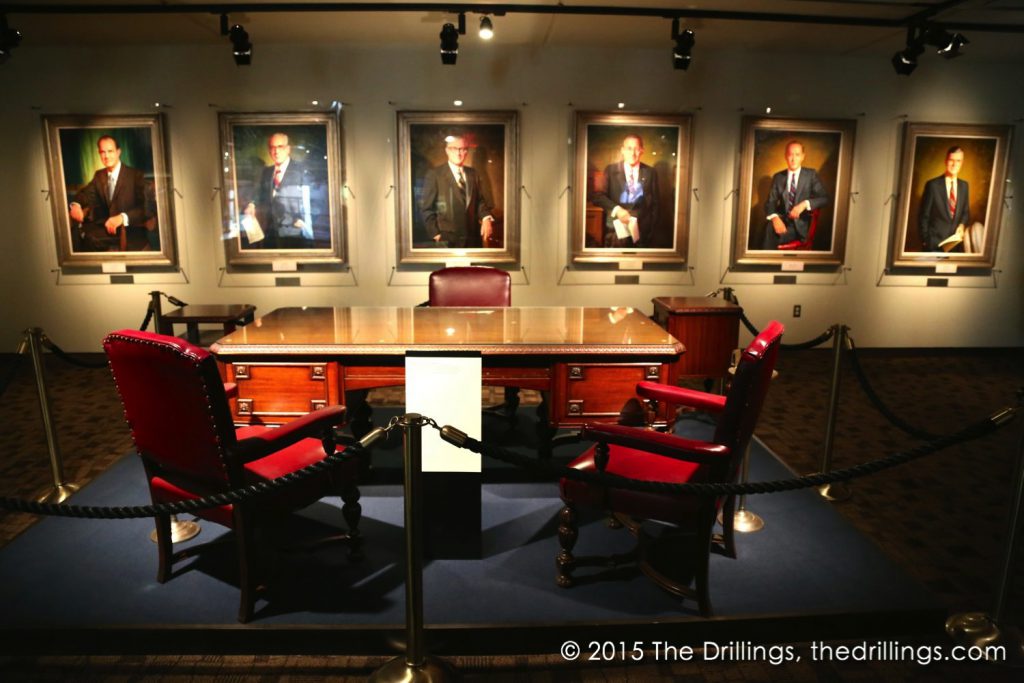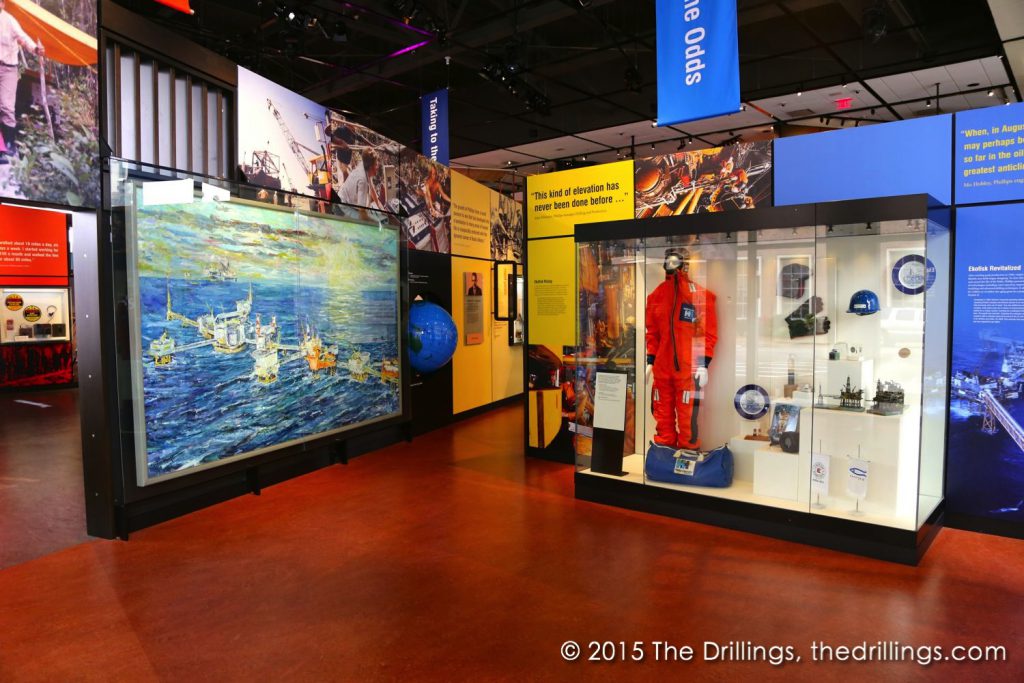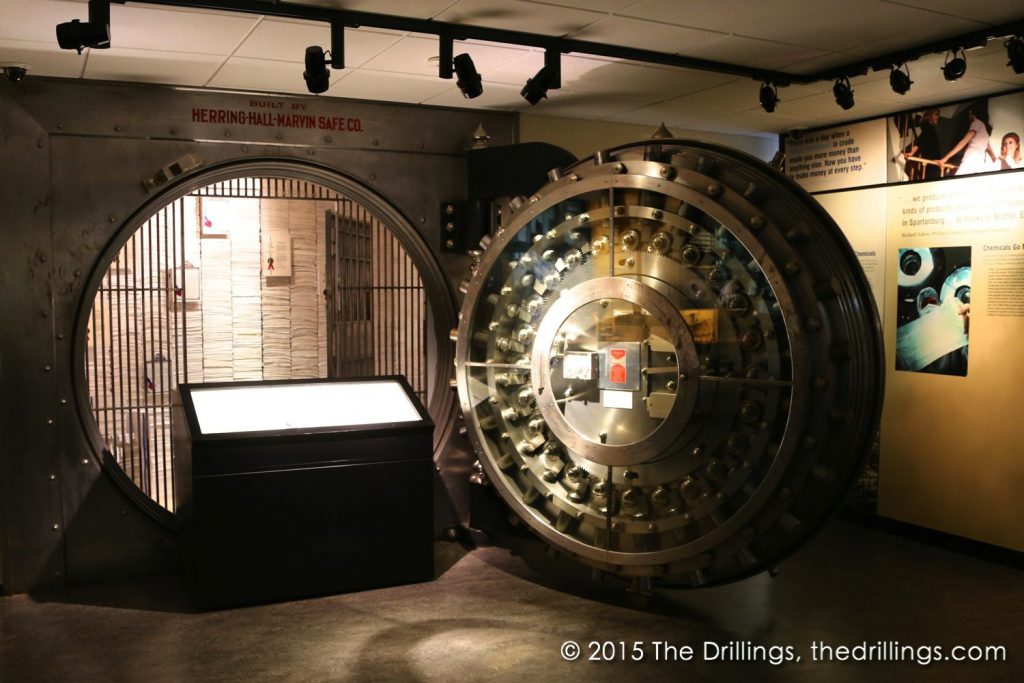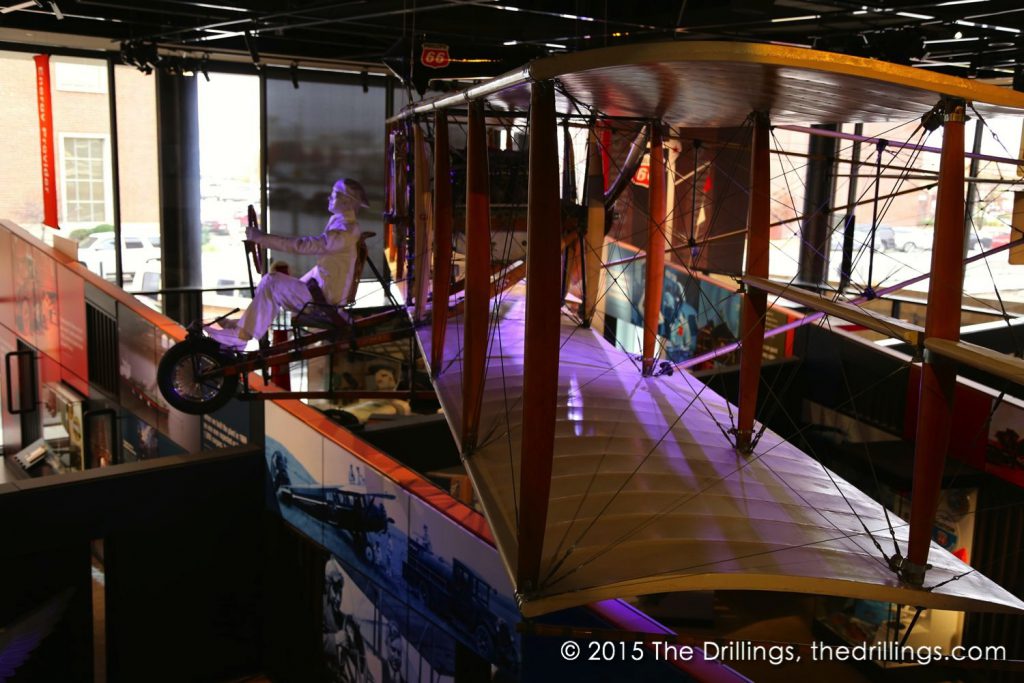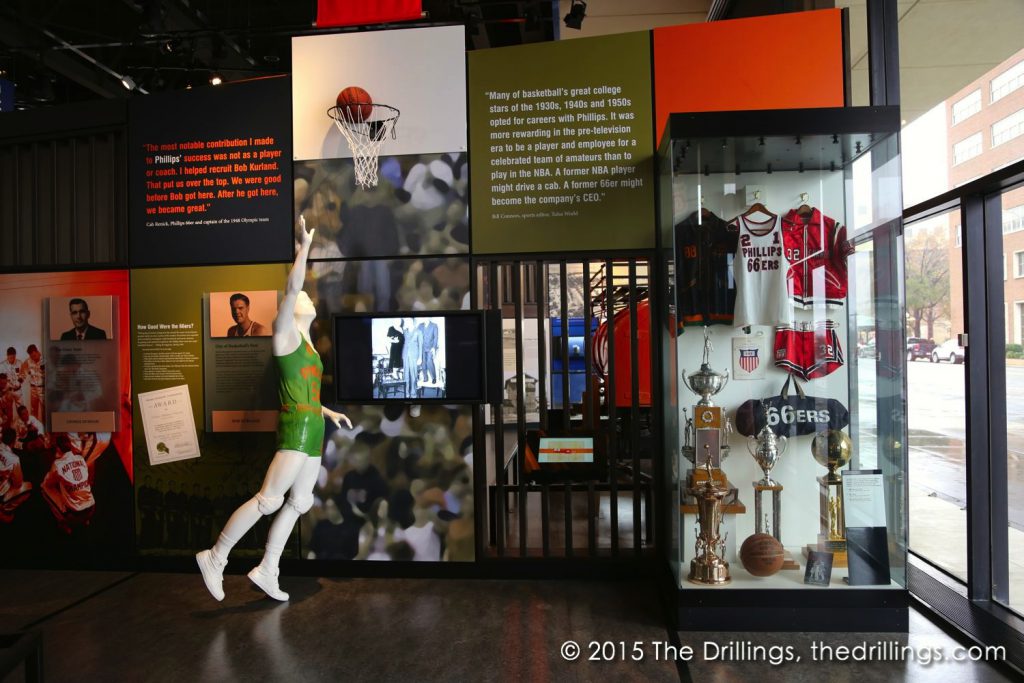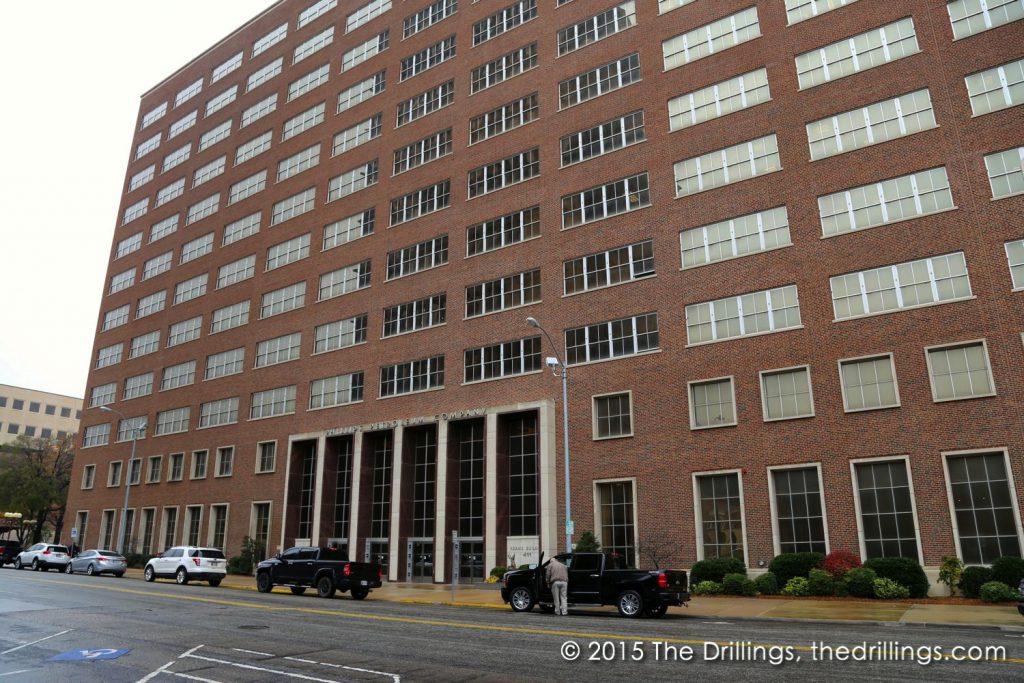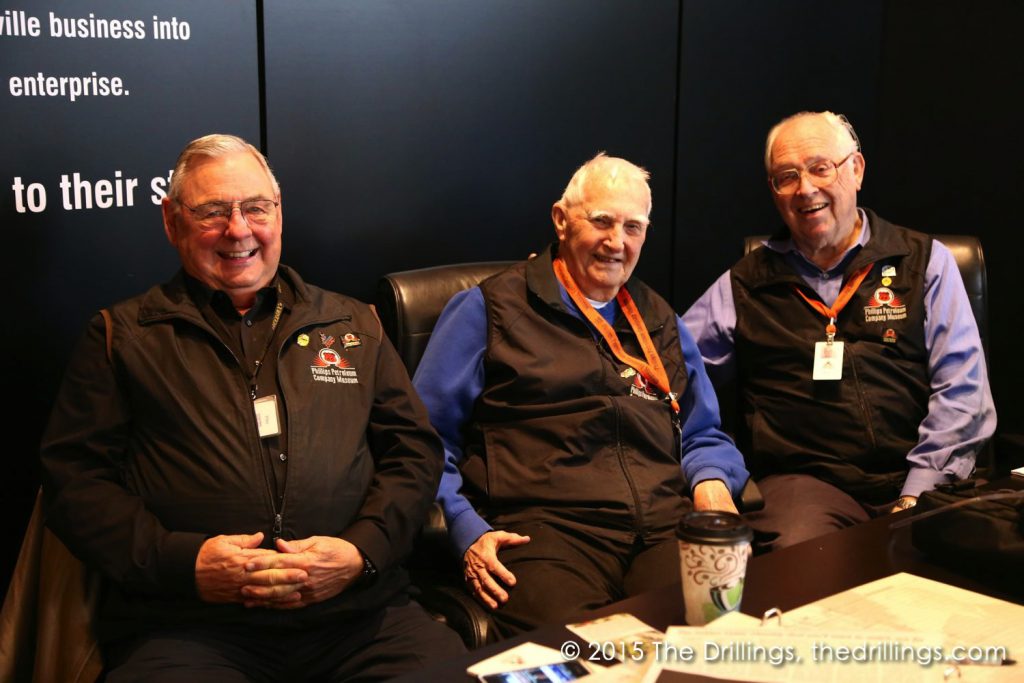In Bartlesville, Oklahoma is a memorial to an industry giant born from the oilfields in Oklahoma. The Phillips Petroleum Company Museum is a two story structure filled with artifacts, dioramas, and tales of the history of Phillips Petroleum from the early speculation in the Oklahoma oil fields to the 66ers basketball team.
The Company
Phillips Petroleum Co. was founded by brothers Lee Eldas “L.E.” Phillips and Frank Phillips. Frank and L.E. were two of ten children. At age 14, Frank was apprenticed to a barber. After ten years in the trade, he owned three barber shops. Frank then transitioned into selling bonds until he learned about oil in what would become Osage County, Oklahoma. In 1903, Frank and L.E. formed the Anchor Oil & Gas Company. With a series of successful oil wells, the Phillips brothers proceeded to invest in banks and created the Lewcinda Oil Company. Frank preferred the stability of banking over the boom and bust of oil speculation. Yet, with the onslaught of WWI and a steady rise in the value of oil, the two brothers consolidated their holdings on June 13, 1917 by incorporating Phillips Petroleum Co. and drilling oil throughout Oklahoma and Kansas.
Starting early in its existence, Phillips Petroleum invested in research and development–holding over 15,000 patents by 2000. Their first patent was issued in 1924 for a process to extract liquid fuel from the little used natural gas. By 1925, Phillips Petroleum was the largest producer of natural gas liquids in the nation.
Phillips Petroleum Co. has been an iconic and enduring American industrial leader for its ability to adapt to shifting needs and find new applications for their products. Thanks to successful investments, Phillips expanded into petroleum refining, marketing, and transportation along with the natural gas collection and chemicals sectors. Phillips created products spanning petroleum based polymers to fertilizer components from natural gas. On the sales side, Phillips expanded into selling motor oil directly to buyers with its first Phillip’s 66 service station opened on November 19, 1927. Throughout this, Frank Phillips lead Phillips Petroleum as President until 1938. He was 65.
Phillips has also gone through many transformations. It gained its iconic Phillips 66 shield logo in 1930. Despite efforts to remain independent when T. Boone Pickens, Jr. attempted a hostile takeover in 1984, Phillips eventually merged with Conoco to create ConocoPhillips in 2002. Yet, Phillips has emerged an independent company again with the spinoff of Phillips 66 in 2012. In the wake of such a constantly shifting industrial landscape, the museum stands as a record of all that Phillips 66 has already overcome.
The Museum
The Phillips Petroleum Company Museum is located not too far east of the oil fields that first established Frank and L.E. Phillips in the oil industry. Displays include original furniture from a roustabout living quarters in the Burbank field as well as an eye catching original 1914 Pusher plane suspended overhead. Unlike more grassroots oil museums, this establishment exhibits its excellent funding in sleek colorful displays and elaborate presentation. Yet, it maintains the very human element behind any company in the volunteers who staff the museum, many of whom are former employees.

